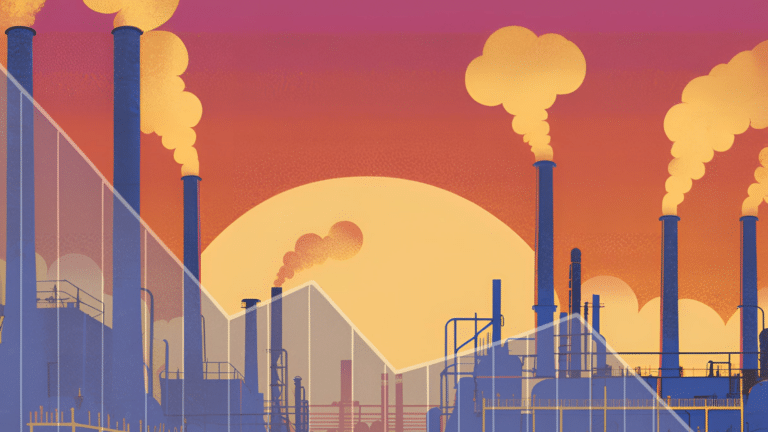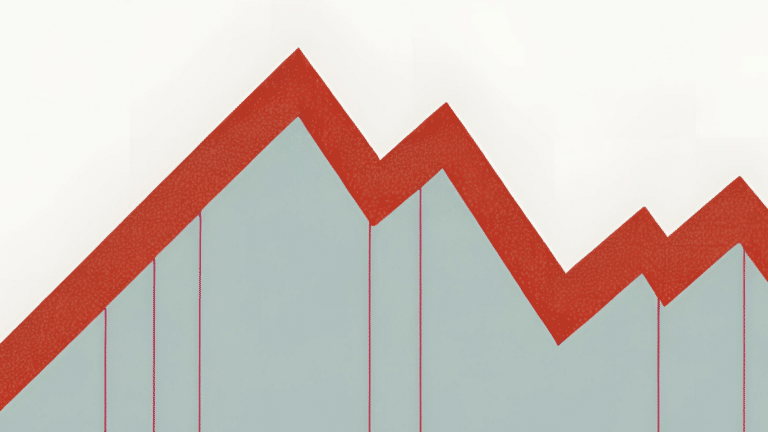In his 2006 State of the Union address, President George W. Bush warned that “America is addicted to oil” and called for a sharp reduction in imports from the Middle East. The comments reflected a long-standing concern: For decades, dependence on Middle Eastern oil constrained U.S. foreign policy options in the region and required resources to secure its free flow. Contrast that with President Trump’s comments Tuesday, as he discussed the Iranian missile strike on Iraqi military bases that host U.S. soldiers, in retaliation for the American killing of Maj. Gen. Qasem Soleimani. Trump suggested that the United States was unlikely to escalate the present conflict but also condemned the Iranian regime, and said: “We are independent, and we do not need Middle East oil.” Such complacency, hardly limited to Trump, is misguided.
The complacency can be traced to the domestic boom in oil production over the past decade, as companies figured out how to extract oil economically from shale formations. Yet although the United States is on the cusp of becoming a net oil exporter, that hardly means it is fully insulated from shocks to world supply. U.S. consumers (and Trump) may yet discover that while the shale revolution has strengthened the United States’ position economically and geopolitically, the nation is far from energy-independent: The Middle East remains critical to oil markets, and disruptions there can still cause pain for consumers here.
While Iran and the United States have stepped back from the brink, it is far from clear that Iran is done retaliating for Soleimani’s death, especially as Trump has offered no diplomatic path that could eliminate economic sanctions. Among the options to avoid provoking a U.S. military response, hitting energy-related targets remains especially appealing. Until Soleimani’s death, Iran may have concluded it could escalate without consequence (given that Trump did not respond to the downing of a U.S. drone, for example). But attacks by Iranian proxies in Iraq that caused the death of a U.S. contractor led to heightened tension, changing the equation. Iran may reasonably assess that striking non-U.S. energy targets — as it has in the recent past — would not cross the new implicit U.S. redline.
Oil-production facilities in Iraq, the second-largest OPEC producer, constitute one prime target — except that Tehran is hoping Baghdad expels U.S. forces and is already concerned about its reputation and status in that country. Iran is also unlikely to target countries like Oman and Qatar, where Iran has good diplomatic relations.
Facilities in U.S. allies Saudi Arabia or the United Arab Emirates may thus be more attractive, depending in part on how much stock Iran puts in recent efforts among Gulf Arab states to de-escalate current tensions.
Striking oil plants and roiling the oil market is a blunt tool, however: It would harm not only consumers in the United States but also other oil importers, such as Europe and China, that Iran would prefer not to alienate. In fact, the oil “weapon” would now affect those countries more than the United States.
As recently as 2006, the United States imported 60 percent of its petroleum. The surging oil output unleashed by the shale revolution means the United States now no longer imports any oil at all on a net basis (even though it still imports a lot, including from the Middle East).
The shale boom reduces the impacts of global oil supply disruptions on the United States in three ways. First, higher oil prices can benefit certain states (like Texas, North Dakota and Oklahoma), companies and workers, offsetting higher prices for consumers (notably at gas stations).
Second, the massive increase in U.S. output has, at least for now, helped to boost global inventories, so the overall market can better handle supply shocks. Indeed, the U.S. supply surge has forced the Organization of the Petroleum Exporting Countries to cut production, creating a larger buffer of spare capacity. Third, unlike traditional drilling, shale production can be ramped up and down relatively quickly to respond to higher prices from supply shocks. What’s more, market expectations that supply can be quickly increased also creates incentives (via futures prices) to pull oil out of storage for consumers today.
Yet the United States remains far from energy-independent. The oil market is still global, which means the price Americans pay for fuel is still set by global oil prices and is vulnerable to supply disruptions, wherever they occur.
Shale-oil producers are nimbler than traditional oil producers — but not infinitely so. For one thing, it takes six to 12 months to ramp up shale supply. And there are constraints in equipment, personnel and pipeline infrastructure that limit how much additional oil can be summoned. In response to major global oil supply disruptions, prices simply are still going to spike, and U.S. motorists are still going to feel some pain. (Moreover, the responsiveness of shale supply to price changes is likely to decline over time. One reason is that the industry is consolidating: Larger companies with stronger balance sheets are better able to weather boom-and-bust cycles. They are therefore less likely to idle rigs and workers, and then reactivate them, every time prices change.) That is why the best thing U.S. policymakers can do to protect consumers (not to mention the climate) is reduce how much oil we use in the first place.
Even if the United States is less sensitive to supply shocks than before, politicians remain acutely concerned about voter angst over higher fuel prices — even in parts of the country that may benefit, overall, from higher oil prices. That’s a political reality Iran could exploit in a presidential election year. Indeed, Trump has complained many times about high gasoline prices, usually blaming OPEC.
The United States has less of a buffer to protect consumers from a supply disruption today, as well, because Congress has been using the nation’s strategic oil stocks — created to help fill shortfalls during supply crises — like an ATM, selling them off to pay for other priorities.
The shale revolution has turned America into an energy superpower, but that does not mean — contrary to Trump’s assertion — that Middle Eastern oil no longer matters to the United States. If the U.S.-Iran conflict escalates into strikes on energy facilities, energy security fears will be rekindled, and motorists will bear the brunt of high prices.
Read the OpEd





